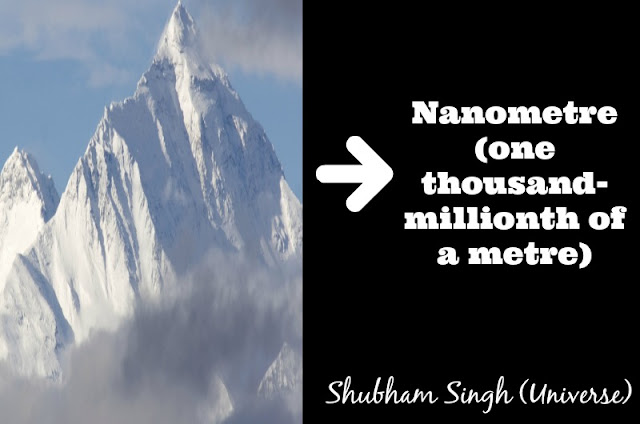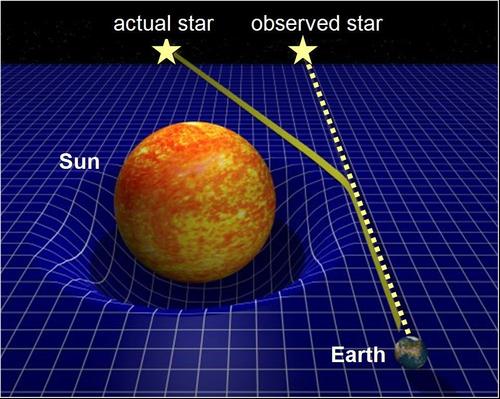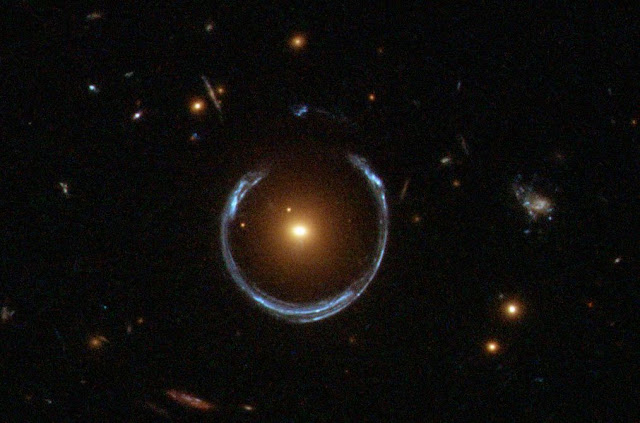Welcome to the series of Journey to the Black Hole:- (Part - 1)
Hello, everyone, today we are going to go inside a Black Hole. It's not going to be comfortable, but it will be pretty fun.
Now first thing mathematically, anything could become a Black Hole.
If you are to compress it into a small enough space......
Yes you, me and everything in the Universe has a Schwarzschild radius.
A tiny amount of space that where you to collapse the entire mass of the object into its density would be so great that its gravitational pull would be so great, that not even light could escape from it.
You would have a Black Hole.
If you were to compress Mount Everest into something smaller than a Nanometre, you would have a Black Hole.
If you were to compress the entire Earth down to the size of a peanut, you would have a Black Hole.
But there is no any way to compress the entire Earth or Mount Everest to that fashion.
But the Stars many many times larger than our Sun has much larger Schwarzschild radius, when it runs out of a fuel and can not longer keep itself hot enough, it collapses into a single infinitesimally small point known as Singularity.
Its density would be infinite. So, its gravitational pull would be so strong that nothing could escape, not even light.
A tiny amount of space that where you to collapse the entire mass of the object into its density would be so great that its gravitational pull would be so great, that not even light could escape from it.
You would have a Black Hole.
If you were to compress Mount Everest into something smaller than a Nanometre, you would have a Black Hole.
 |
| Mount Everest to Nanometre |
If you were to compress the entire Earth down to the size of a peanut, you would have a Black Hole.
 |
| Entire Earth to the size of peanut |
But there is no any way to compress the entire Earth or Mount Everest to that fashion.
But the Stars many many times larger than our Sun has much larger Schwarzschild radius, when it runs out of a fuel and can not longer keep itself hot enough, it collapses into a single infinitesimally small point known as Singularity.
Its density would be infinite. So, its gravitational pull would be so strong that nothing could escape, not even light.
- What would it (Black Hole) look like from the outside?
As we know the gravitational field bends space and time.
Stars behind our Sun will actually appear to be in slightly different location from the Earth because the Sun's gravitational field bends the light coming from the those Stars.
 |
| Gravitational field bends the light |
When it comes to the gravitational field of the larger objects like the entire Galaxies or Black Hole, the effect is even astonishing. The light coming from the object behind them is significantly distorted producing smudges.
 |
| Lensed Galaxy |
As seen from Earth, the blue galaxy behind this red galaxy is completely distorted like a fun house mirror.
So, rather than appearing as it really should, it looks to us a smudge, all the way around the red galaxy. This is known as Gravitational Lensing.
 |
| Gravitational Lensing (Einstein Ring) |
No comments:
Post a Comment
Let me know guys what you think about this.